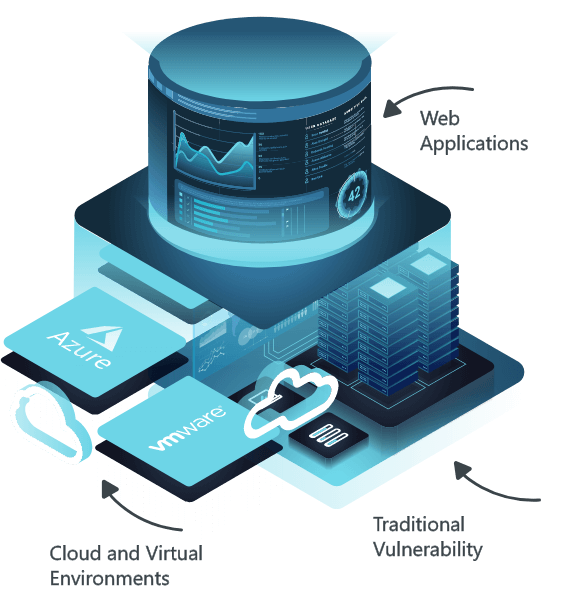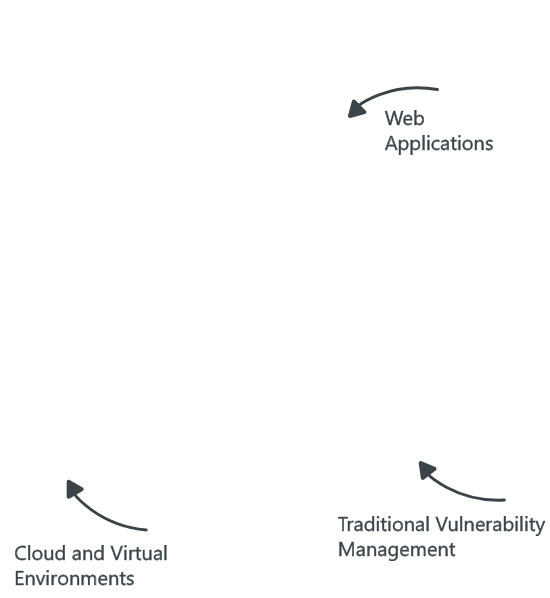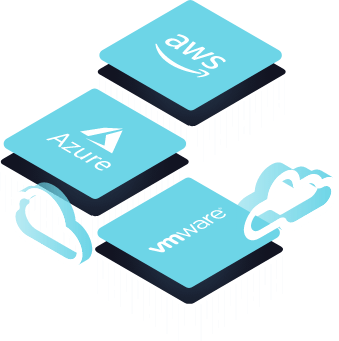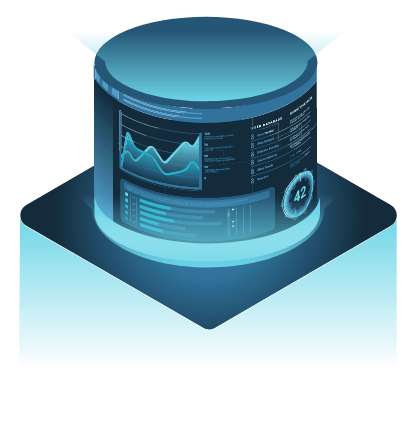As IT ecosystems continue to evolve, so do attackers and their methods. Since exploitation can happen anywhere across the modern attack surface—from on-premises and cloud infrastructure to applications—the scope of your vulnerability risk management (VRM) program can no longer be limited to just critical infrastructure.
Explore how to reduce risk at each layer, and kickstart your holistic VRM program today with a resource kit curated by our experts.
Download Toolkit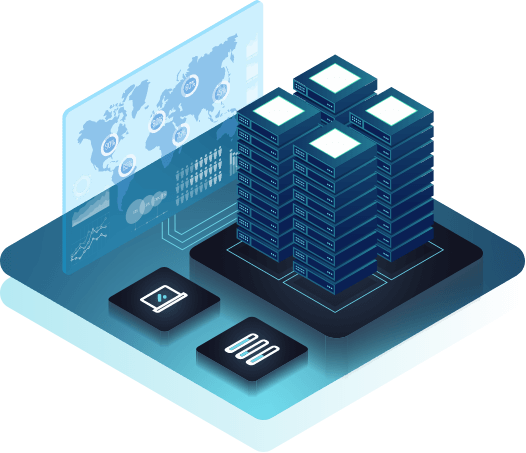
Traditional Vulnerability Management
It starts with the basics. For many organizations, on-premises assets lay a foundation for the overall IT network, making it critical to bolster and maintain their resilience—has anyone else woken up in a cold sweat imagining a compromised data center, or is it just us?
Your vulnerability management technology should support you in two key areas for this environment: visibility of the assets on your network and how they’re behaving, and risk prioritization that escalates the most critical issues as they relate to your business.
Learn More
Vulnerability Management for Cloud and Virtual Environments
Nowadays, securing your cloud services, cloud-based assets, and virtual machines is just as critical as securing their on-prem counterparts; Gartner reports that 90% of organizations without a strong cloud security strategy will inappropriately share sensitive data through 2025.
You must have a reliable system in place for not only keeping tabs on ephemeral assets as they’re spun up and down (hoping your developers will relay this information is about as dependable as carrier pigeon), but also ensuring that they’re effectively patched and configured.
The technology underlying your program must integrate with and pull real-time data from the cloud and virtualization services leveraged within your organization, such as Amazon Web Services (AWS) and VMware.
Learn More
Web Application Testing
Web applications have grown significantly in complexity and volume over the last several years, with the rise of new frameworks, formats, and agile development practices. Simultaneously, they’ve become the attack vector of choice for threat actors—a trend that will persist amongst attackers capitalizing on emergent technologies.
It’s crucial that the scope of your testing strategy extends to the practices and languages utilized by your development team, and that you have mitigating controls in place for possible exploitation.
In short? Managing your overall vulnerability risk must extend to weaknesses present in your applications and APIs, not just the structures they’re built on.
Learn More
Toolkit: Getting Started with Vulnerability Risk Management
Reducing risk across your complete, modern attack surface is no small undertaking, but you don’t have to go at it alone—download the toolkit below for a checklist and collection of resources compiled by our VRM experts to help you get set up for success.
